Hikvision DS-PDCL12DT-EG2 Manual
Hikvision
Alarmsystem
DS-PDCL12DT-EG2
| Mærke: | Hikvision |
| Kategori: | Alarmsystem |
| Model: | DS-PDCL12DT-EG2 |
Har du brug for hjælp?
Hvis du har brug for hjælp til Hikvision DS-PDCL12DT-EG2 stil et spørgsmål nedenfor, og andre brugere vil svare dig
Alarmsystem Hikvision Manualer
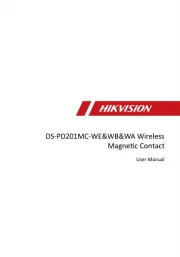
30 September 2025
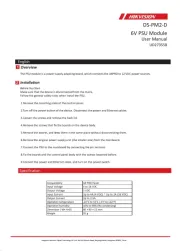
28 Juli 2025
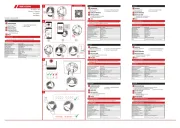
27 Juli 2025
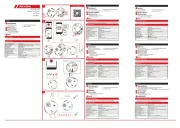
27 Juli 2025
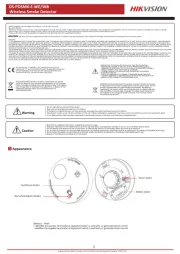
27 Juli 2025
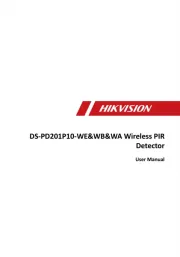
6 Juli 2025
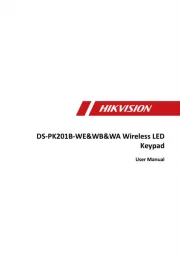
6 Juli 2025
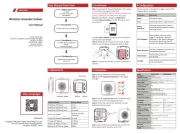
6 Juli 2025

18 December 2024

2 September 2024
Alarmsystem Manualer
- Monacor
- Pentatech
- Switel
- Eminent
- DSC
- Qolsys
- Hager
- Bearware
- Doro
- Elro
- Nedis
- Vimar
- Brennenstuhl
- AMC
- Elektrobock
Nyeste Alarmsystem Manualer

15 December 2025

11 December 2025

10 December 2025

1 December 2025

30 November 2025

30 November 2025

29 November 2025

29 November 2025

28 November 2025

26 November 2025
